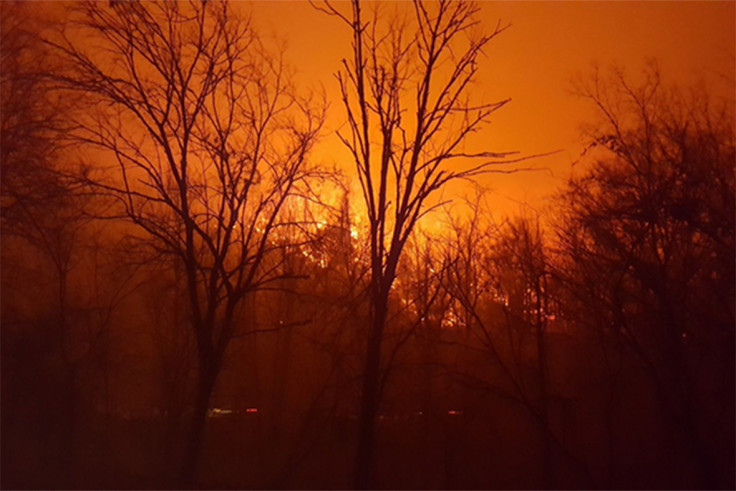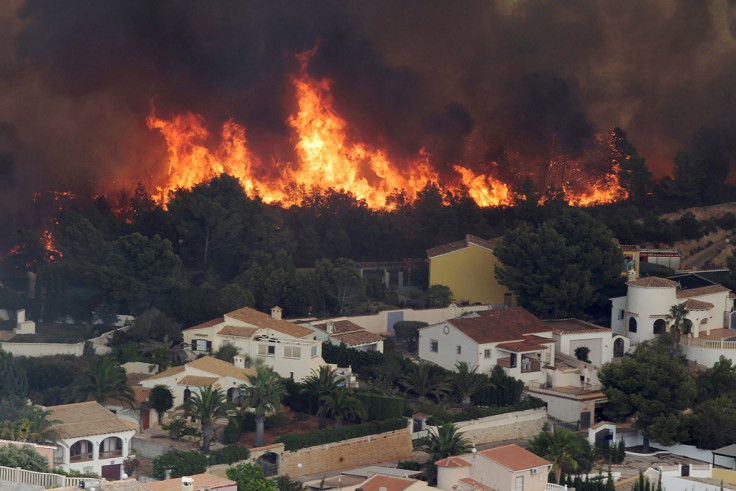Extreme and destructive wildfires will intensify around the globe
Wildfires occur everywhere around the globe but we can take steps to reduce the destruction they cause.
The weather conducive to extreme wildfires will become more common in the coming decades, as climate change intensifies, scientists predict. Their projections suggest that the more extreme fires will be seen in Australia's east coast and in the Mediterranean region.
Extreme fires have recently been reported all around the world. They have occasioned significant loss of life and destruction. Climate change is associated with anomalous weather – such as droughts or winds – and there are more and more concerns that it may make these wildfires more likely.
The researchers wanted to gain a better understanding of the global pattern of extreme fires, and their relationship with climate conditions and human settlement patterns.
In their study published in Nature Ecology and Evolution, they investigate whether there was a trend for worsening fires and whether humans had increased their own vulnerability to fires by building in unsafe areas.
Database of wildfires
The scientists' problem was that there was no reliable database of fire occurrence globally. Professor David Bowman, from the University of Tasmania, thus put a team together to create a global satellite database that would shed a light on extreme fire events – where they took place, how much destruction they caused, and how far they were associated with climate change.
Using MODIS satellites, which measured the intensity of fire events, the researchers identified 23 million landscape fires that occurred around the world, between 2002 and 2013. They selected 478 to study – the most energetic and extreme fires on Earth.
The researchers discovered that these wildfires are natural events that occur everywhere in the world. With the exception of land clearance, they found that 96% of extremely intense wildfires were associated with anomalous weather.

Current climate change projections suggest that the geographic footprint of this dangerous fire weather is likely to expand globally – with more droughts and dangerous winds potentially seen in the future – making extreme wildfires more common around the globe. "The projections suggest an increase in the days conducive to extreme wildfire events by 20-50% in these disaster-prone landscapes, with sharper increases in the subtropical Southern Hemisphere, and the European Mediterranean Basin," Bowman says.
Reducing the disastrous impact of fires
Bowman's interest in wildfires also stems from personal reasons. He lives in Hobart, a city that was very nearly destroyed by fire, half a century ago. His study is in fact published on 7 February 2017, the day Tasmania marks the 50<sup>th anniversary of this fire – the Black Tuesday bushfire – which killed 62 people, left 900 injured, and destroyed 1,400 homes.
The study shows that extreme wildfires are not always disastrous for humans. The scientists have identified 144 economically and socially disastrous extreme fires, out of the 478 events they studied.
"We found that economically and socially disastrous extreme fires were concentrated in regions where humans have built into flammable landscapes such as areas surrounding cities in southern Australia and western north America", Bowman explains.

Mediterranean countries have traditionally suffered fewer destructive fires, despite presenting similar vegetation. However, the researchers predict that this trend will soon be overturned as cities progressively sprawl into flammable landscapes. They expect that the more extreme wildfires in coming decades will be seen in the region, as well as in eastern Australia.
It is therefore urgent that humans take steps to reduce their exposure to these extreme fire events, especially if there are going to be more frequent. "We can't stop big, intense fires from happening here, and they are increasing under climate change. (...) We can reduce the potential for fire disasters by both reducing forest density and improving mitigation and preparedness through the development of fire-resilient communities", study co-author Crystal Kolden, from the University of Idaho says.
© Copyright IBTimes 2025. All rights reserved.






















